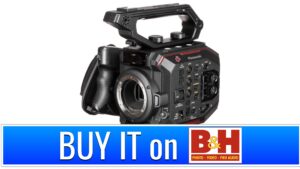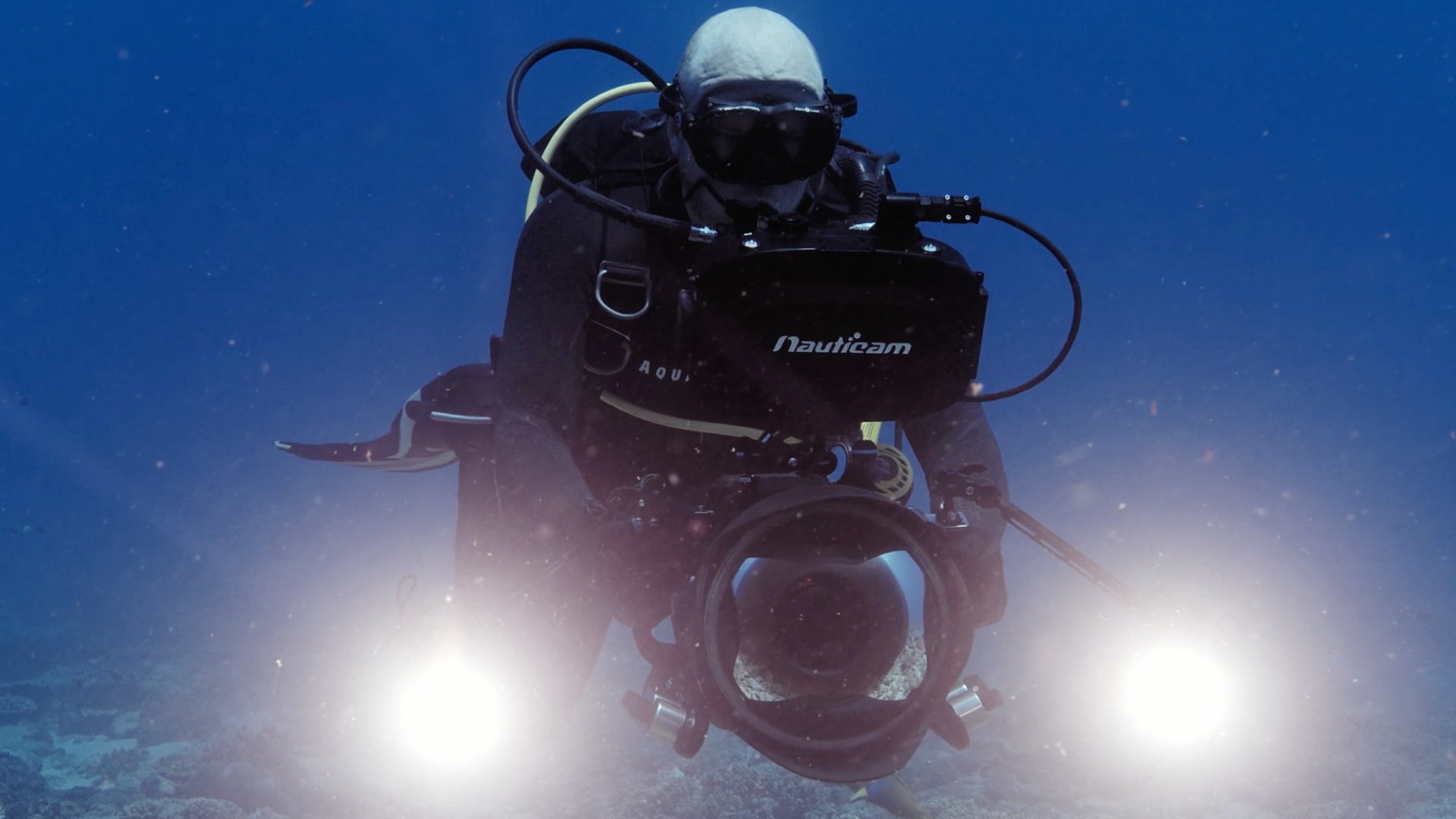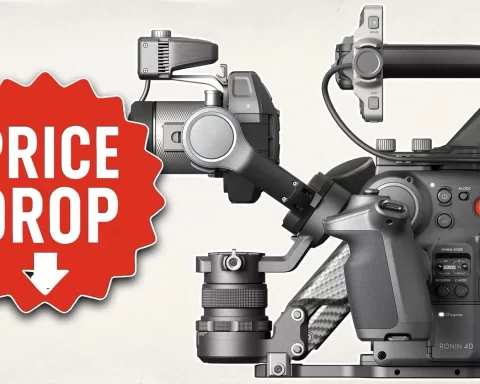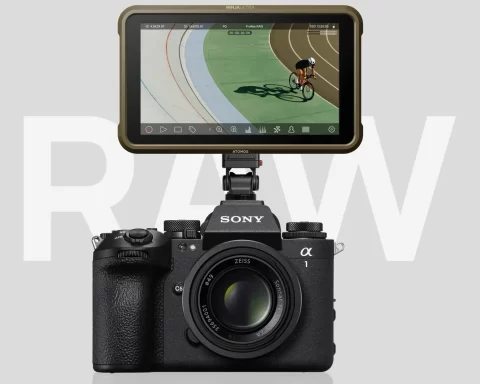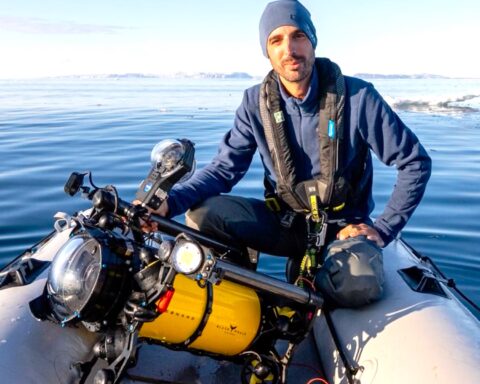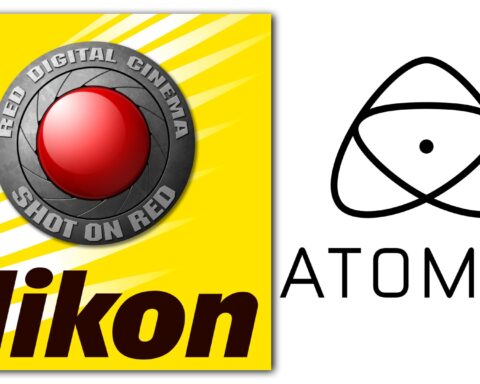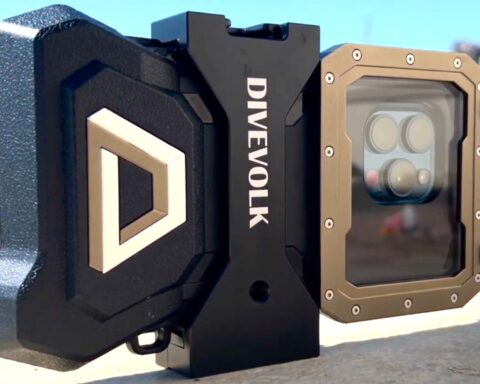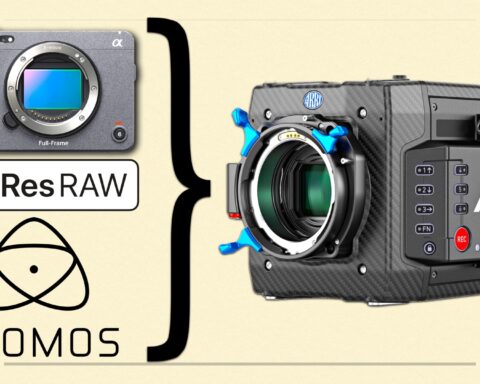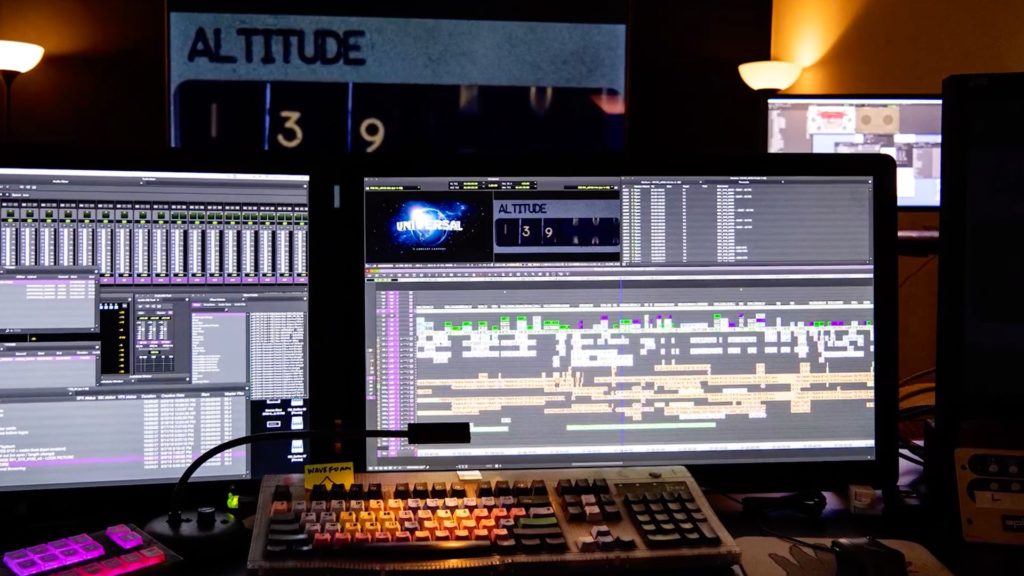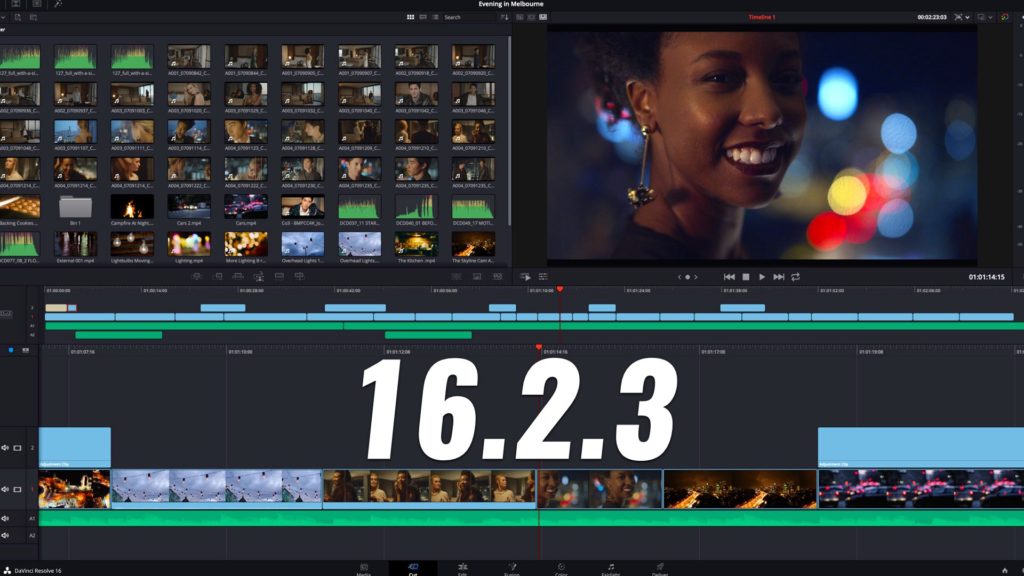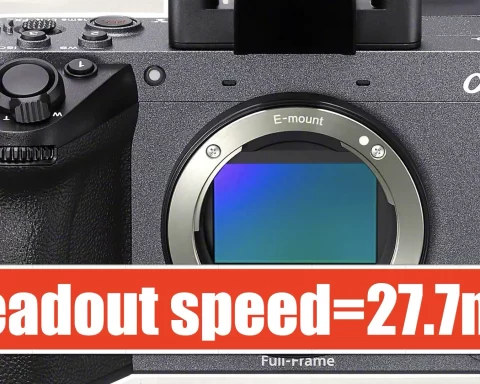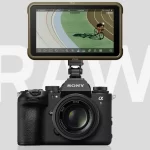Panasonic has shared with us this amazingly stunning underwater film, shot on the EVA1 and the Atomos Shogun packed inside Nauticam housing. Read more about this ProRes RAW art-form filmed by underwater cinematographer David Diley.
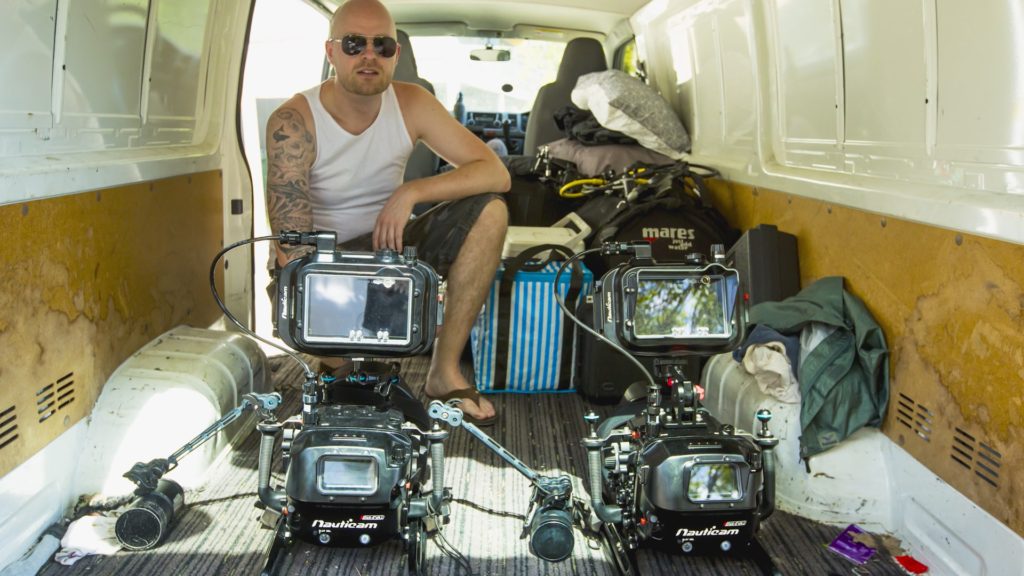
Underwater cinematography: A challenging cinematic profession
Underwater cinematographers need to be admired, as they are facing many more challenges and muddles than their terrestrial colleagues. The cost of the equipment is booming since there are additional costs like diving equipment and expensive housing.
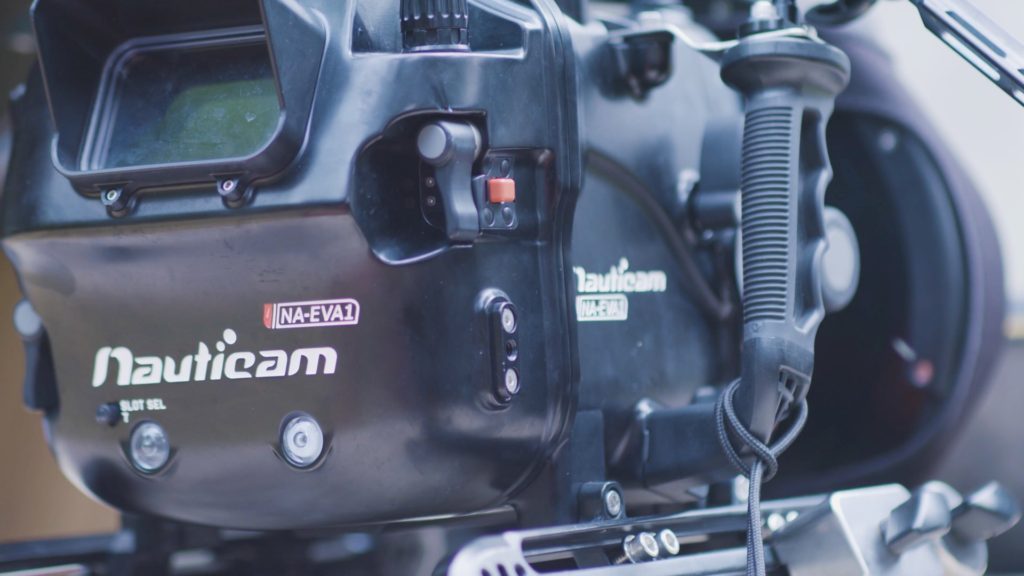
The average price point for underwater housing ranges from $10,000 to $15,000 without the add-ons. Furthermore, the environment is harsh and complicated since you don’t have the luxury of manipulating the equipment like replacing batteries, changing lenses and etc. Unfortunately, there is not much professional information out there regarding underwater cinematography.
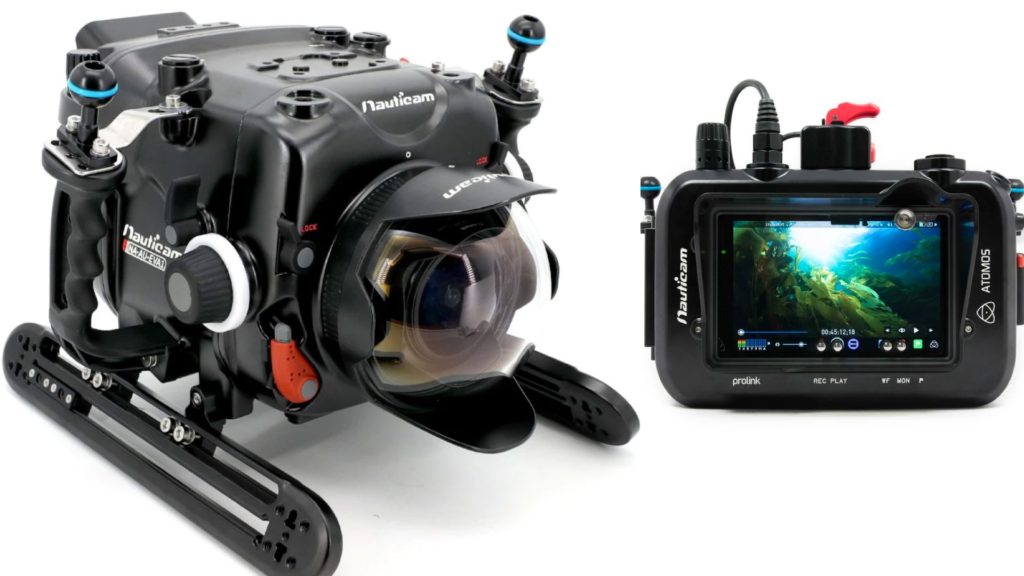
Luckily, Panasonic has shared with us a stunning project shot on its EVA1 paired with Atomos Shogun. This combination allows us to capture ProRes RAW high DR (Dynamic Range) footage, so imagine shooting like that underwater. The film was shot by underwater cinematographer David Diley. Saying that this project looks amazing would be an understatement.
Check it out below. Be sure to watch it in full resolution.
Light is constantly changing
One of the symptoms that occur in filming underwater, is that the light constantly changes. Thus, cameras with dual-native ISO can save the shot. As explained by Diley on his interview with Panasonic: “When filming deeper underwater, switching to the native 2500 and exposing correctly gives the maximum dynamic range and produces a surprisingly clean image. If the noise does appear, it’s a nice organic grain that is easily managed in post through plug-ins like Neat Video Noise Reduction if you want to remove it”.
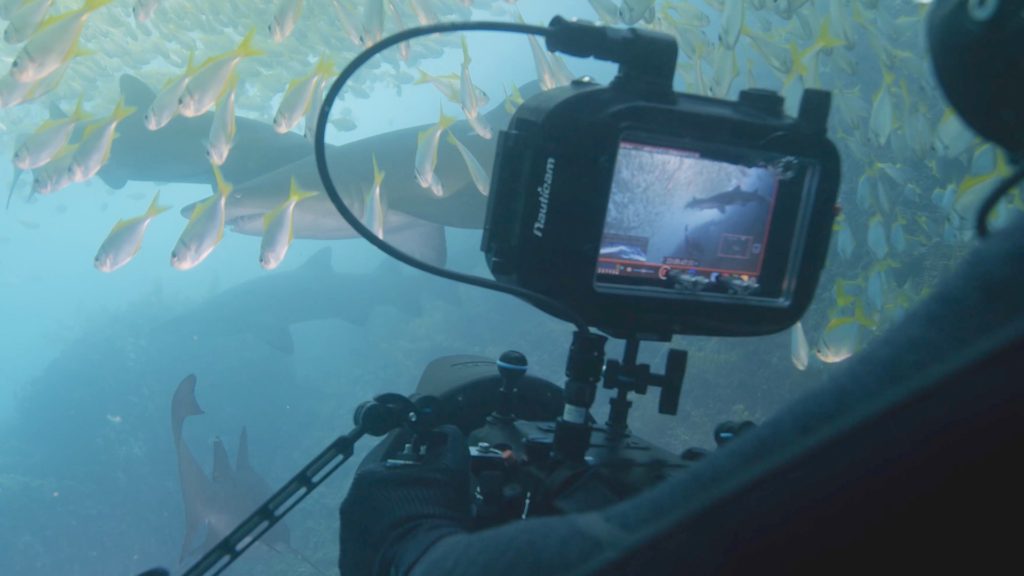
When filming deeper underwater, switching to the native 2500 and exposing correctly gives the maximum dynamic range and produces a surprisingly clean image.
Cinematographer David Diley
RAW as an essential output
Shooting RAW in an underwater environment is extremely important since it maximizes freedom in post. Diley clarifies that in the EVA1 he shoots two different RAW formats (CinemaDNG and ProRes RAW) along with ProRes HQ in two native ISO settings with in-built ND filters for quick exposure corrections. As you can reveal in the video, the ProRes RAW output allows the privilege of an accurate color grading process that is crucial to get those extraordinary underwater footage.
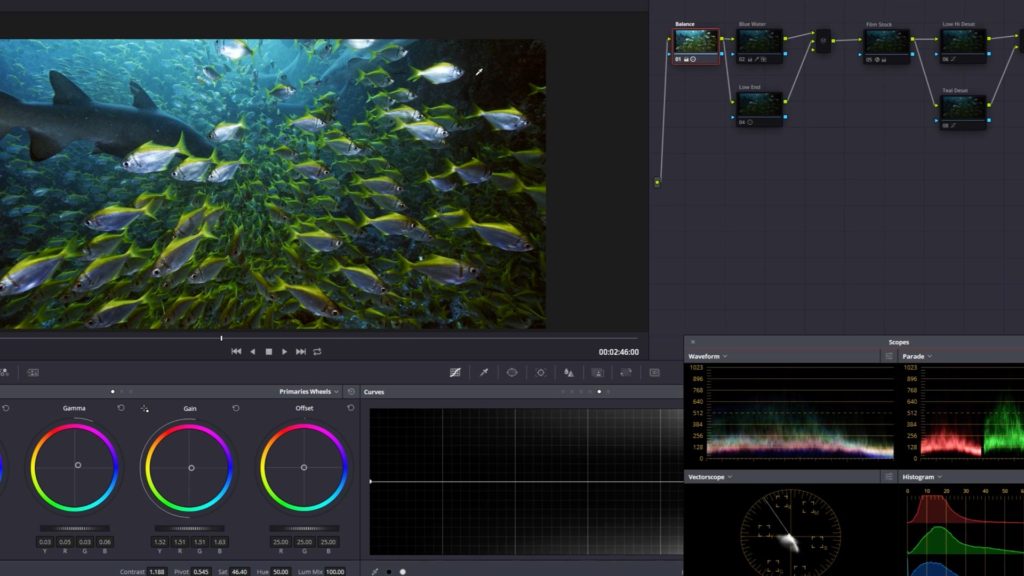
ProRes RAW output allows the privilege of an accurate color grading process that is crucial to get those extraordinary underwater footage.
The option for ProRes RAW shooting on the EVA1 has activated via firmware software two years ago thanks to the partnership with Atomos. In that case, the Shogun monitors play an important role as a recorder of the ProRes RAW codec. Also, it needs to be emphasized that the Shogun recorder must be wrapped in a dedicated underwater housing, which is Nauticam brand in that case that costs around $4,200.
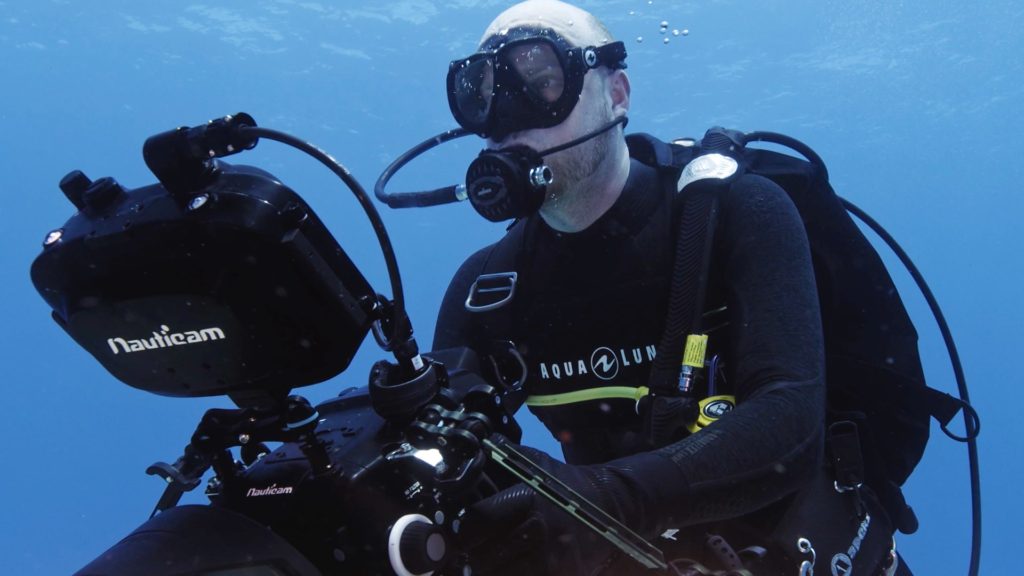
Final thoughts
Underwater cinematography is a dream job. Going deep into the ocean, filming sharks, and exceptional nature is a marvel. However, it’s expensive and requires special dedicated cinematography skills and equipment. Thanks to Diley, more light has been shed on this beautiful cinematic profession. Besides, it’s nice to explore so impressive and precise execution of the ProRes RAW from the EVA1.
